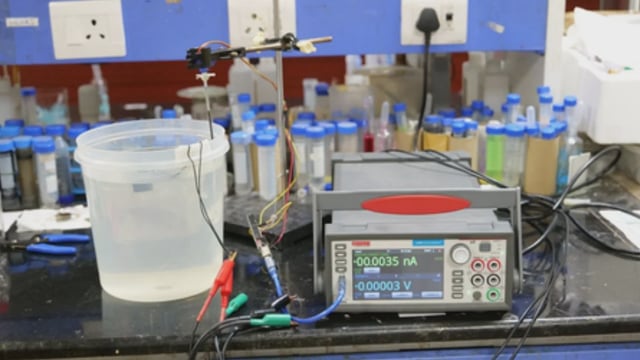Overview
- The device uses a conductive porous sponge placed beneath the water surface to convert exhaled airflow disturbances into electrical signals.
- Convolutional neural networks power the sensor’s deep-learning system to recognize subtle wave patterns as distinct voice commands.
- On a lab scale, the prototype costs roughly Rs. 3,000 and researchers are seeking industry partners to lower production costs.
- The team plans clinical validation and is collecting additional airflow data from users with speech impairments to improve command accuracy.
- Proven durability in underwater environments suggests further uses in exercise tracking, movement detection, and underwater communication technologies.

